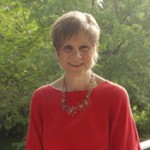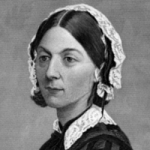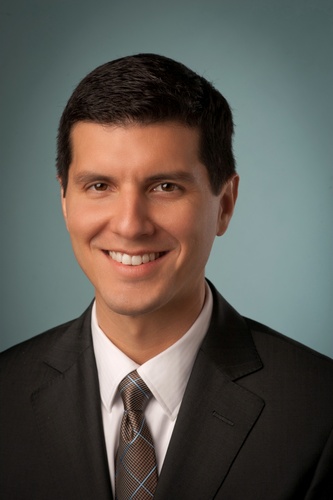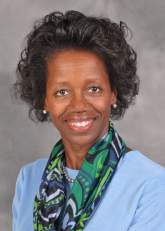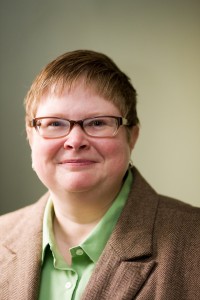Phyllis J. Atkinson, RN, MS, GNP-BC, WCC
Gerontological Nurse Practitioner
The field of geriatrics relies on so many different healthcare professionals to provide expert, high-quality, patient-centered care for older adults. In honor of National Nurses Week 2015 (May 6-12), we’re celebrating the commitment of nurses committed to elder care by helping them share their stories in their own words. Here’s what Phyllis J. Atkinson had to say about her career as a gerontological nurse practitioner.
Phyllis Atkinson remembers, vividly, the day she started rethinking her career in nursing. A critical care nurse, Atkinson was working at a small hospital in Ohio at the time. One morning, an elderly man was admitted to the Intensive Care Unit. He was very frail and gravely ill.
Though it was clear that the man didn’t want invasive procedures or treatments—he resisted with the last of his strength—the ICU team followed protocol and proceeded to restrain and treat him.
“We did all these invasive things to this gentleman, who eventually died,” Atkinson recalls. “I witnessed how he died: It was a death with literally no dignity. And I realized there was something we didn’t understand, something that we could be doing differently to provide him and others like him with more dignity at the end of their lives. I also realized that I wanted to know how older people differ from younger people, and that I wanted to be an advocate for them.”
That realization ultimately led Atkinson to become a geriatric nurse practitioner, a GNP.
Growing up in northwestern Ohio, Atkinson planned on a career in medicine right from the start. She was the kind of kid who asked for chemistry sets for Christmas and caught and dissected frogs to teach herself anatomy. After finishing high school, she completed a three-year nursing diploma program at Toledo Hospital School of Nursing. To become a GNP, she then had to earn her Bachelor’s in Nursing, and then her Master’s. She did both at Ohio State University . Meanwhile, she continued working in hospital ICUs while she and her husband raised their son and daughter. In 1993, she was one of the first to graduate from Ohio State’s newly established GNP program.
Drawn to critical care because of the highly demanding nature of the work, Atkinson found geriatrics even more demanding—and satisfying.
“Geriatrics is more challenging than critical care for a number of reasons,” says Atkinson, 48, who now manages a team of 10 nurse practitioners caring for older adults in nursing homes in the Cincinnati area. She’s is a part-time adjunct professor at Northern Kentucky University, where she teaches geriatrics to nursing students. Among other things, older adults often have multiple, chronic health problems, which makes their care more complex, she says. In addition, geriatrics emphasizes the importance of collaborating closely with the patient—to ensure that his or her treatment isn’t only effective, but that it’s also what he or she wants.
Despite the coming Age Boom, interest in GNP programs lags in part because many universities discourage NPs from specializing, lest this limit their marketability, Atkinson says. Students’ misconceptions about geriatrics also play a role, she adds. “They think it’s not going to be challenging, so I tell them that I know from experience that this is even more challenging than critical care,” she adds.
Looking back at her career in geriatric nursing, Atkinson says she has no regrets about switching from critical care. She offers an anecdote to illustrate why. The anecdote is also about an older adult at the end of life, but it differs dramatically from her experience with the elderly man whose death marked a turning point in her career.
“We had this one patient who was in end-stage dementia,” says Atkinson. “She had severe complications from diabetes and one of her physicians recommended bilateral amputations of her extremities. But her family decided they didn’t want to hospitalize or amputate, but to focus on palliative comfort care instead. So we worked with them to reassure them that they knew what was best for her. We had multiple meetings; we called them almost daily until she died. I can’t tell you how rewarding it was to support them in making decisions that focused on the quality of this woman’s life at the end of her life.”

